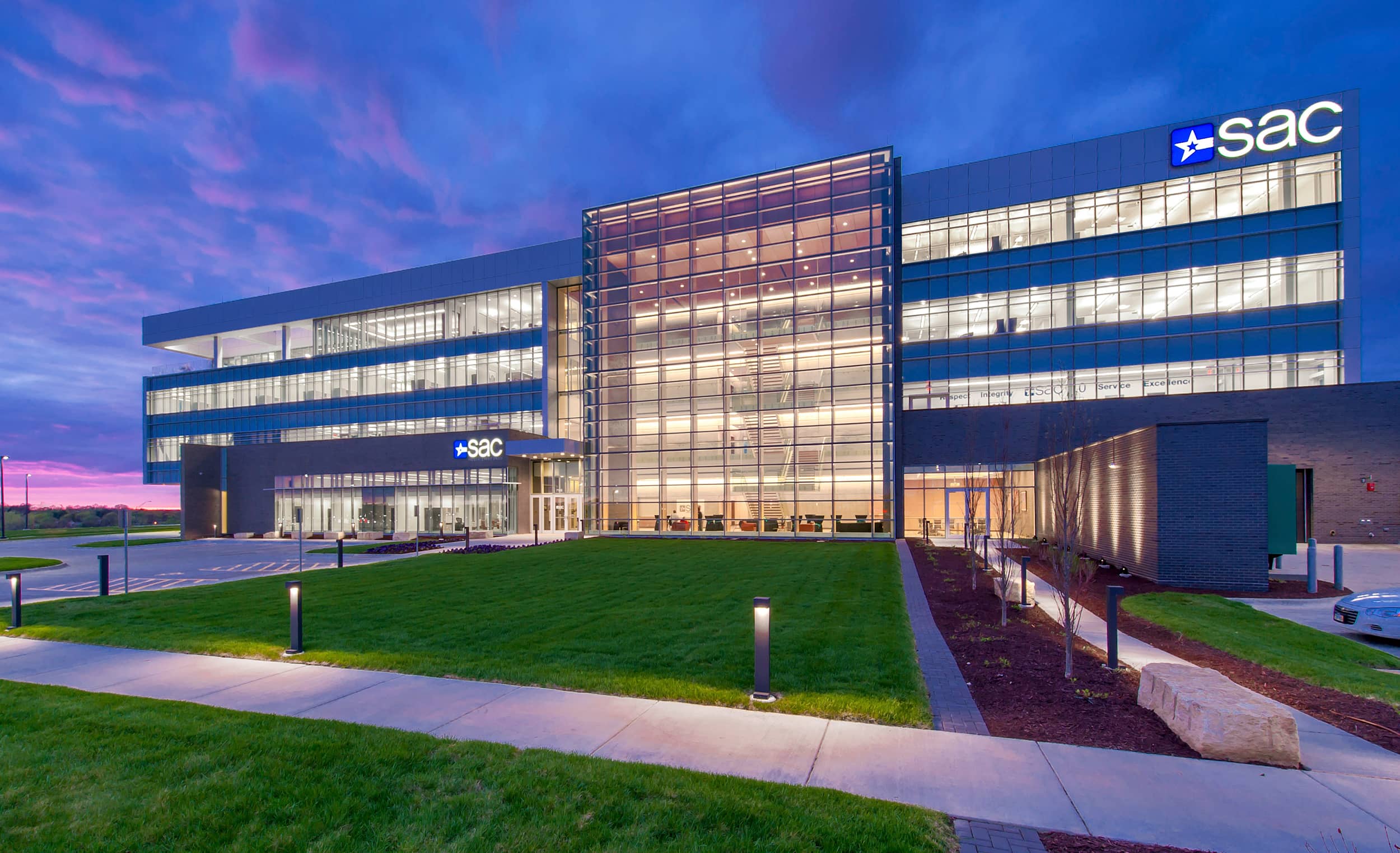
What to Look For When Hiring an Architectural Photographer
What to Look For When Hiring an Architectural Photographer
Quality architectural photography is an important investment to highlight and promote your projects, and choosing the right architectural photographer is instrumental in ensuring that the images convey the architect's or designer's vision as well as the design aesthetics of the structure.
Here are some points to consider when selecting an architectural photographer:
Understanding – Does the photographer understand the unique aspects of showcasing the aesthetics of a building? Make sure that your photographer is more than just a commercial photographer. Photography for selling homes or simple construction photography can fall short of your intended impact; an architectural photographer focuses on the artistry of the structure. This can include the overall panoramic to the smallest details of design. In my work, it's important to me to maintain the integrity of the how the architects or designers imagined the project. It is vital to convey the the personality of a space. Top-tier photography isn't just about beautiful imagery. The viewer must feel connected to the vision of the design.!
Experience – Look at the photographer's website and portfolio to see their experience with structure and their style. Have they worked with well-known architects and on unique or major projects? Do they share testimonials about their work from impressive and relevant clients? Don't be hesitant to ask the photographer about their background and special skills.
Lighting Techniques – Can the photographer manage difficult details or lack of adequate lighting? One of my passions is lighting design in photography and how light plays with a particular space both interior and exterior. I have been fortunate to draw on this interest with a variety of projects, to maintain the integrity and beauty of a space regardless of its "normal" lighting. I often add lighting to evening shoots to highlight the angles of a building. Whether it be an augmentation of an existing design or a completely redesigned lighting concept as is showcased below, I communicate directly with the principals to maintain or even improve on the original design.
Another challenge is to capture the essence of design in a normally dim space such as a casino or nightclub. I was able to use additional lighting and careful post-production techniques to maintain the ambiance and vibe of this normally very dark club.
Post Production Skill – Sometimes regardless of lighting or angle, some features of a building just don't photograph well or true-to-color. Can the photographer use post production techniques to create an image that appears natural and balanced? The lack of lighting in the casino at The Cromwell Las Vegas left the image of the grand chandeliers flat and off-color. I spent many post production hours making sure the colors were vibrant and accurate.
Project Details – Have your project details and expectations ready to discuss with the photographer. It's important to review your shot list and the tone you want to convey. How will the images be used? Who is the audience? Do you want formal, sleek images or a more comfortable feel where someone can actually place themselves in the image or space depicted? My goal is to pull the viewer into a more intimate experience with the image. Sometimes, I use a unique, lower angle instilling an emotional response where the viewer can see and feel themselves in the space. Make sure your photographer understands your list and your priorities for the shoot.
Nuances – Can the photographer also capture the details in an interesting way? Architectural photography generally focuses on the big picture, but often there is beauty in the small and often overlooked details of a project. I call these "nuances." These images are often used for marketing materials or to highlight particular products or features. This is often the case when I have worked on behalf of a building materials company that wants artistic imagery of their products.
Relationship – Do you feel a connection with the photographer? It's important that you feel that the photographer understands the concept of the building and what was important to the architect or designer. You also need to be comfortable communicating with the photographer. The skill of his/her professional eye is key, but there also has to be room for your input. Ultimately, you need to feel that there is a partnership to create the images you need with the photographer's artistic vision.
You've invested a tremendous amount of effort and creativity into the design and aesthetics of your structure. Make sure your architectural photographer is up to the challenge of highlighting your project in the most interesting and professional manner. I invite you to peruse my portfolio and testimonials, to view my recent work and my clients' impressions as well.












